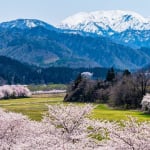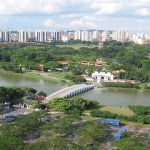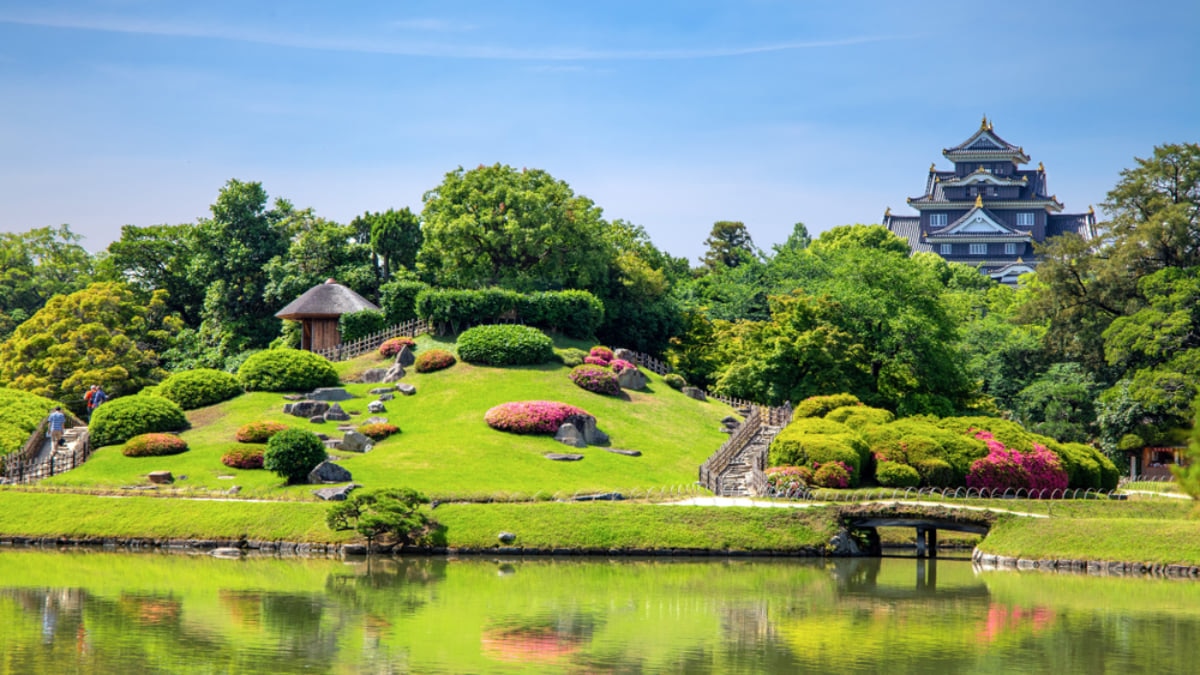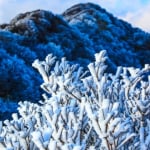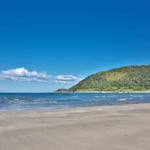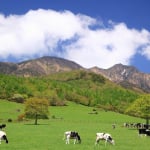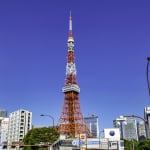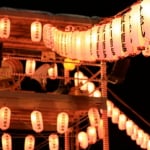Photo by Sean Hsu/Shutterstock
The 6 Must-Visit Sightseeing Spots in and Around Okayama City
With Kojima Lake and the Seto Inland Sea to the south and numerous rivers making their way inland to the north, it's little wonder Okayama City has always been one of Japan's busiest transport hubs. These days, however, the city is served mainly by rail rather than boat, and is considered to be the gateway to the Chugoku Region, a section of Japan that includes Hiroshima, Shimane, Tottori and Yamaguchi Prefectures. Okayama City is an easy side trip from Osaka or Kyoto, and offers a unique look at the history and culture of the region.
table of contents
[x] close
The 6 Must-Visit Sightseeing Spots in and Around Okayama City
Okayama Korakuen
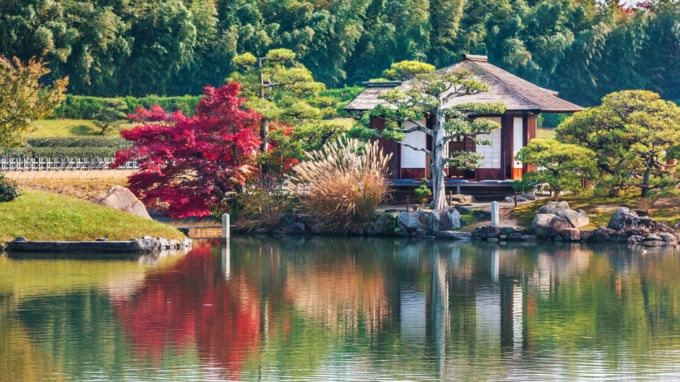
Photo by cowardlion/Shutterstock
Okayama Korakuen is a traditional landscape garden dating back to the 1700s, and is known as one of the three "Great Gardens of Japan" along of Kanazawa's Kenrokuen and Kairakuen in Mito. Okayama Castle is visible over the trees and hills of the garden, transporting visitors to the time when the local lord tended the gardens. Korakuen is home to two traditional wooden teahouses, Sazanami Teahouse and Fukuda Teahouse. Visitors can stop to try matcha and kibi dango (sweet dumplings), a regional specialty.
Okayama Castle and Ujo Park
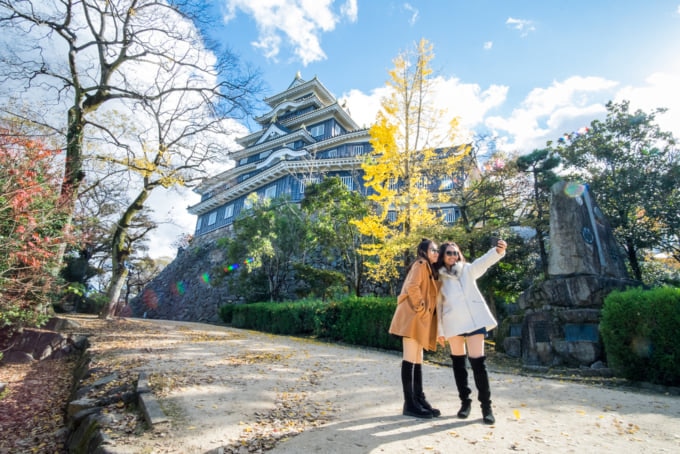
Photo by siriwat sriphojaroen/Shutterstock
Okayama Castle is a historic castle located across the river from Korakuen, and is one of the proud symbols of the city. While the main keep was rebuilt after the war, several outbuildings including two watchtowers have survived from the Edo Period. The castle's most striking feature is its black exterior, which earned it the nickname "Castle of the Black Bird" (U-jo in Japanese). Since the main keep was rebuilt in the 1960s, all six floors are accessible by elevator. Okayama Castle offers free kimono fittings and photoshoots on the second floor and ceramic workshops on the ground floor.
Kibitsu Shrine
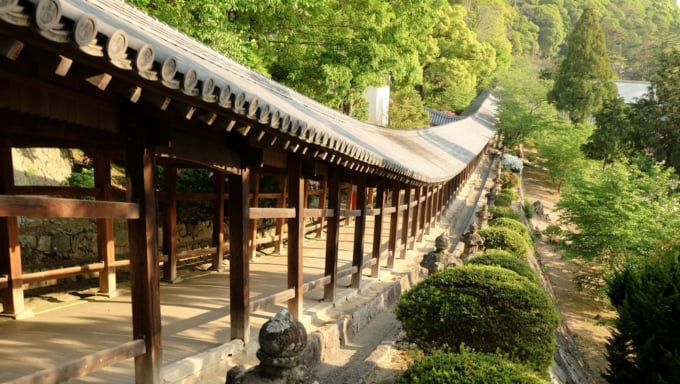
Photo by Mika_yuki/Shutterstock
A National Treasure of Japan, Kibitsu Shrine is the only one of its kind in the country. The architectural style of the main hall, known as kibitsu-zukuri, is named after the shrine, and is the oldest known Shinto shrine design method. The shrine's other unique feature is the long wooden corridor that runs for 360 meters from the main hall until it meets the curve in the river to the south. The famous Japanese fairy tale "Momotaro" (Peach Boy) is believed by many to have roots in Okayama, and peach-shaped amulets are a popular souvenir from the shrine.
Kurashiki Bikan Historical Quarter
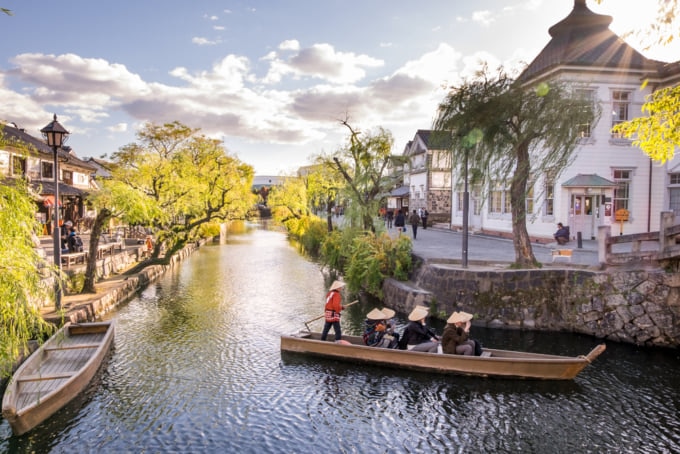
Photo by siriwat sriphojaroen/Shutterstock
During Japan's feudal era, Kurashiki was a prosperous merchant town thanks to its strategic location along the Kurashiki River and the Seto Inland Sea. Many of the city's old warehouses (kura) and wooden townhomes (machiya) are preserved in the Kurashiki Bikan Historical Quarter, a picturesque section of the city which retains its traditional atmosphere. The city even opted to bury the power lines in that section in order to reinforce the historic qualities of the town. Kurashiki is also famous for its pristine canals which are populated with colorful, ornamental koi. Kurashiki Station is just 20 minutes from Okayama Station by local train.
Naoshima
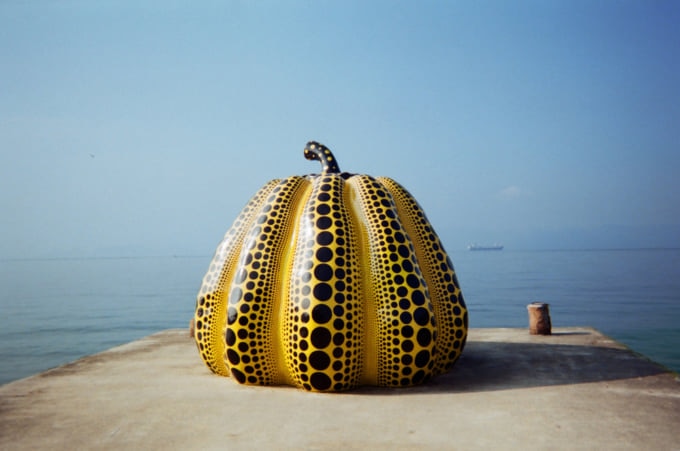
Photo by joan__ne/Shutterstock
Naoshima is one of the most-visited attractions in the region, mainly famous for the colorful pumpkins designed by contemporary Japanese artist Yayoi Kusama. The island is a must for admirers of architecture and modern art, and is filled with small museums as well as public artworks, all situated on this quiet, remote island among beaches and tranquil walking trails. Located directly south of Okayama City in the Seto Inland Sea, Naoshima is technically part of Kagawa Prefecture, but can be accessed from Okayama City via ferry at Uno Station.
Kojima Jeans Street
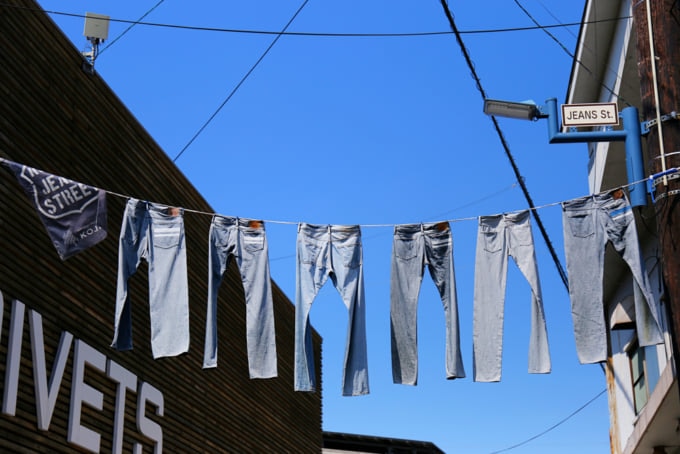
Photo by tomo.viaje/Shutterstock
A twenty-five minute train ride from JR Okayama Station will take you to Kojima, a city famous for made-in-Japan denim. Kojima Jeans Street is a group of thirty or so shops, cafes and lifestyle stores dedicated to denim, including familiar international brands as well as local labels. Marked by the row of jeans dangling overhead and custom denim-themed manhole covers below, Kojima Jeans Street has a unique atmosphere unlike anywhere else in Japan. For the diehard denim addict, the Betty Smith Jeans Museum, operated by the denim company of the same name, is also located in Kojima.
In Conclusion
The prefectural capital, Okayama City, is an ideal escape from the crowded nearby cities of Kyoto and Osaka, but it is also a fascinating city in its own right. Home to one of the country's most beautiful landscape gardens and arguably most accessible castle, Okayama offers a glimpse into the life of a feudal lord and his family. And with its historically important location on the estuary, the city flourished as a merchant hub centuries ago, offering a look at the life of the ordinary members of society, too.


